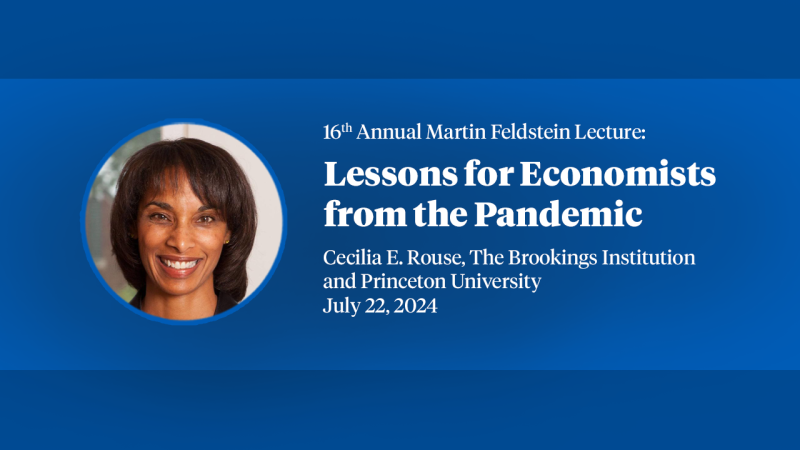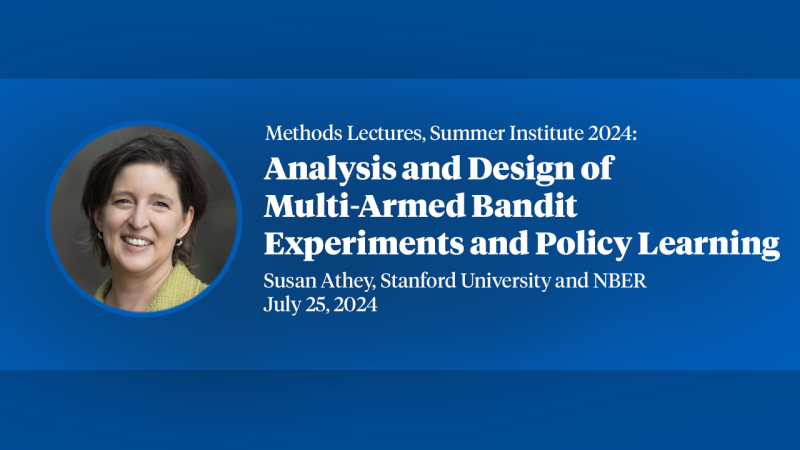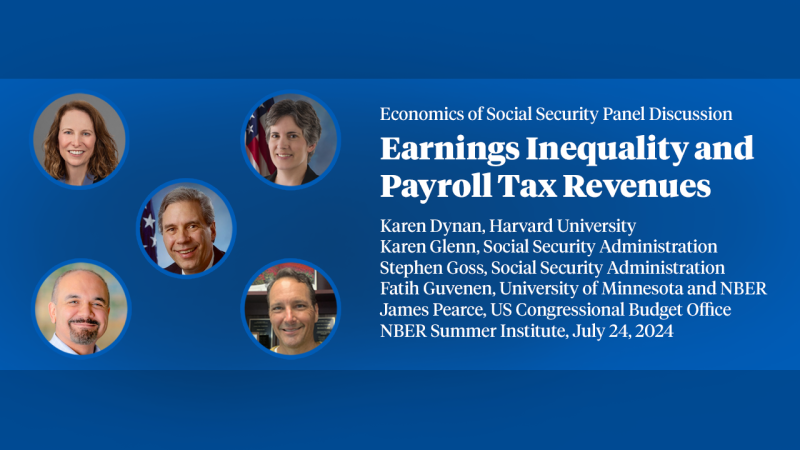Higher Tax on Beer Can Reduce Physical Child Abuse
...a 10 percent increase in the beer tax would trim the number of abused children by about 152,000.
Police, social workers, and academics often say that violence in families is associated with the consumption of alcohol. Now in an NBER Working Paper, Sara Markowitz and Michael Grossman have put some numbers on that anecdotal knowledge in terms of beer drinking and child abuse.
Although actual beer consumption is not measurable, Markowitz and Grossman use data on state beer taxes, which by raising the price of beer discourage beer consumption, to study how local differences in the consumption of beer affect child abuse. Using a 1976 survey of physical violence based on a nationally representative sample of 1,147 married or cohabiting individuals, the authors find that a 10 percent increase in the excise tax on beer will reduce the probability of severe violence aimed at children by 2.3 percent. Severe violence is defined as a parent or other caretaker of a child kicking, biting, or hitting with the fist; hitting or trying to hit with something; beating up; and threatening to, or using, a knife or gun.
In Alcohol Regulation and Violence Toward Children (NBER Working Paper 6359) , the authors conclude that "overall violence" toward children would be trimmed by 1.2 percent with the 10 percent excise tax increase on beer. Overall violence includes severe violence, plus milder actions, such as throwing something at the child, or pushing, grabbing, or shoving the child. It does not include slapping or spanking, which is usually considered a way of punishing a child rather than an abusive or violent act. When asked, 36 percent of those surveyed admitted to at least one act of child violence defined this way in the past year.
Markowitz and Grossman chose beer taxes for their study because it is the most commonly consumed alcoholic beverage and because taxes are easily regulated by policymakers. The difference in excise taxes across states enables the authors to relate variations in beer taxes, and thus to beer consumption, to variances in child abuse across states.
The authors project their findings to the total population of children: 46 million between the ages of 3 and 17 living with both parents in 1975. Since the 1976 survey indicated that 14.4 percent of children (6.6 million) were subject to severe violence, a 10 percent increase in the beer tax would trim the number of abused children by about 152,000 they calculate.
Their study also provides some evidence that laws designed to make obtaining beer more difficult may be effective in reducing violence toward children. In this regard, the authors take account of whether or not grocery stores can sell beer, the percentage of each state's population living in counties where the sale of beer is prohibited, and the number of retail outlets per 1,000 in population that are licensed to sell alcoholic beverages for on-premise or off-premise consumption. Markowitz and Grossman find that for every one fewer outlet per 1,000 people, the probability of severe violence will be reduced by 4 percentage points. The other factors are not significant.
Finally, laws restricting advertising of beer in general are not found to be effective in reducing violence toward children. The authors looked at whether a state prohibits: price advertising of beer in newspapers and magazines; billboards advertising beer; window displays of signs, packages, and products in liquor stores; and consumer novelty giveaways. Only prohibiting displays in liquor store windows has any effect, but this effect only holds for the broader definition of violence.


